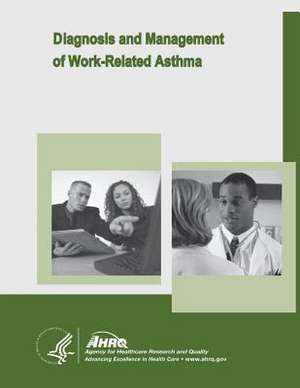Diagnosis and Management of Work-Related Asthma
Autor U. S. Department of Heal Human Services, Agency for Healthcare Resea And Qualityen Limba Engleză Paperback
Preț: 175.20 lei
Preț vechi: 184.42 lei
-5% Nou
Puncte Express: 263
Preț estimativ în valută:
33.54€ • 36.44$ • 28.19£
33.54€ • 36.44$ • 28.19£
Carte disponibilă
Livrare economică 31 martie-14 aprilie
Preluare comenzi: 021 569.72.76
Specificații
ISBN-13: 9781499726398
ISBN-10: 1499726392
Pagini: 286
Dimensiuni: 216 x 279 x 15 mm
Greutate: 0.67 kg
Editura: CREATESPACE
ISBN-10: 1499726392
Pagini: 286
Dimensiuni: 216 x 279 x 15 mm
Greutate: 0.67 kg
Editura: CREATESPACE
